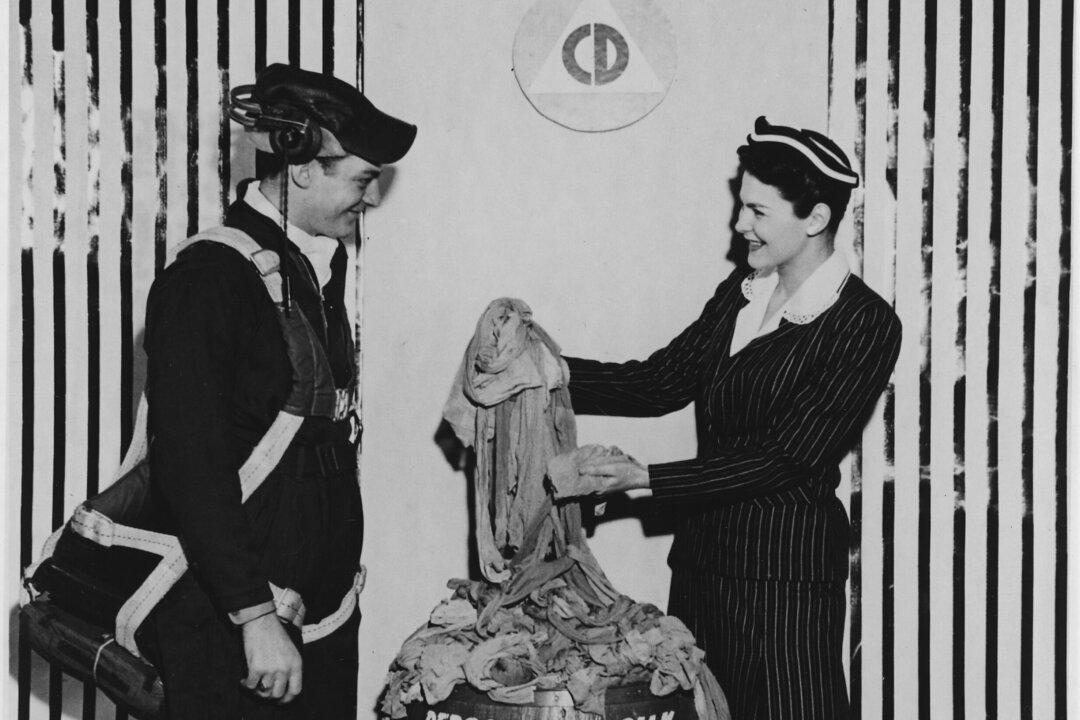During the first half of the 1940s, every aspect of American culture focused on aiding the war effort and bringing the Allies closer to victory. Civilians did their part by growing victory gardens, buying war bonds, counting ration points, and collecting scrap metal and rubber. Did you know that American men and women also dressed—or didn’t dress—a certain way to aid the war effort?
Viewed casually, the fashions of World War II seem to embody the same classy style seen in other eras of the mid-20th century. However, there is a meaning, spirit, and culture behind every fashion era. There is perhaps no greater example of this than the styles of World War II.






